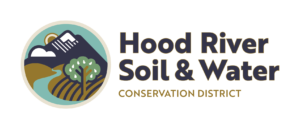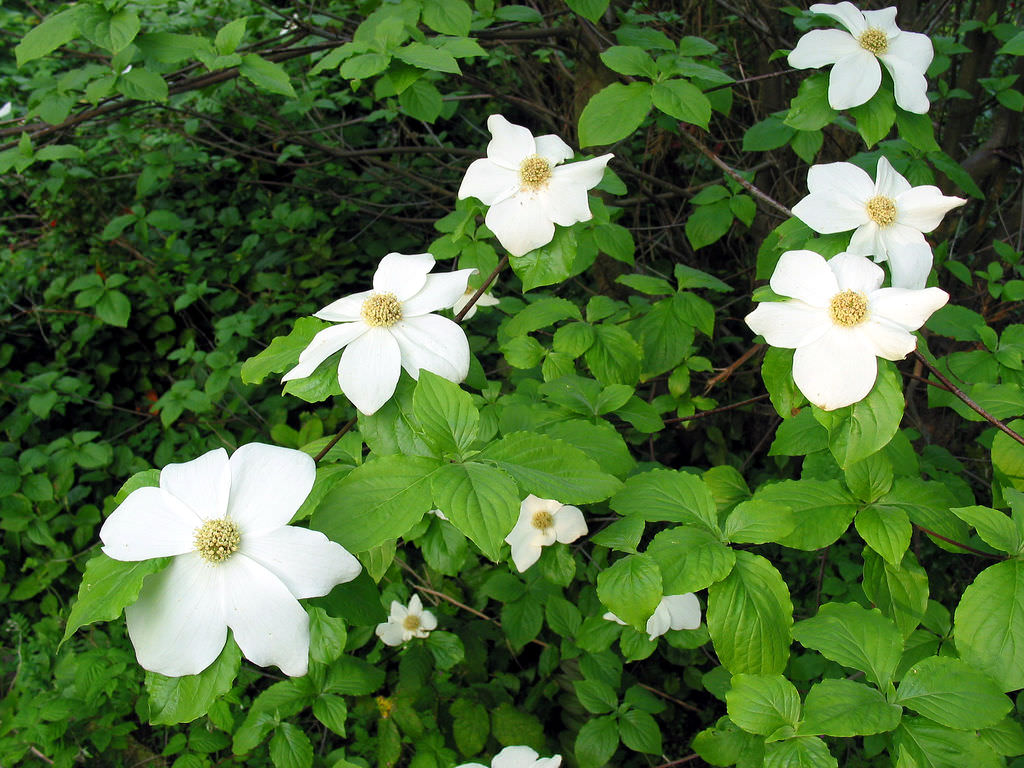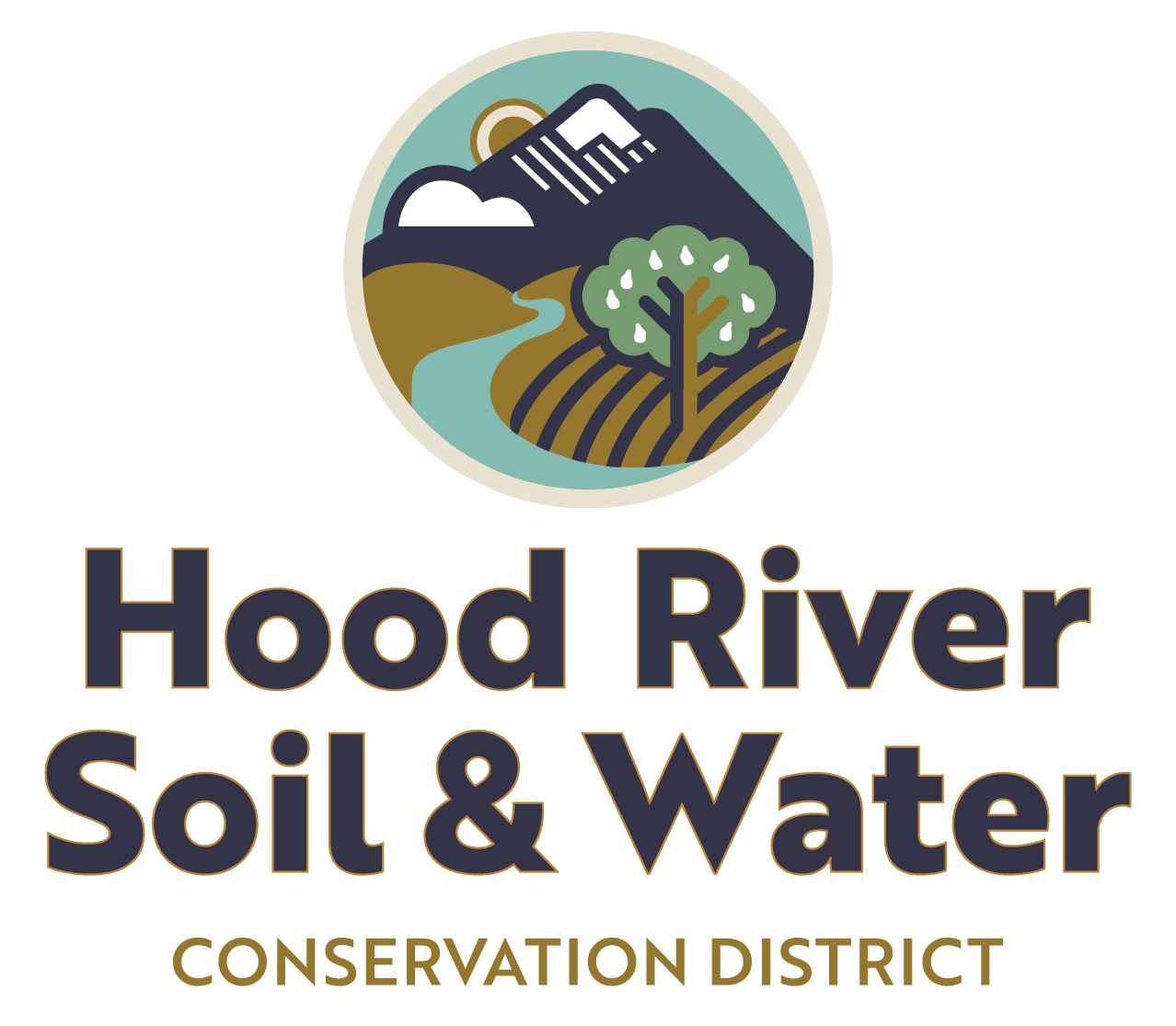Native plants have been growing in our area for thousands of years and are adapted to the local climate and soil conditions. Many are drought tolerant and do well in our wet, cool winters and warm, dry summers. Native plants provide habitat for birds, insects, amphibians, and other wildlife. Flowers often provide nectar and seeds and berries provide food while structure provides nesting sites.
One of the best reasons to start landscaping with natives is that it is easier than traditional landscaping. Establishing non-native flowers, trees, and grasses can take a lot of water, energy, chemicals, and hard work. Native plants, on the other hand, do well without sprinklers or fertilizers. They are adapted to our climate and are naturally resistant to many of the common pests in our area. Natives do not require watering (except during establishment), pesticides and fertilizers, or frequent cutting. They truly are low-maintenance, and because of that, the costs to maintain native landscaping are less than traditional landscaping.
Native plants provide important food, cover, and habitat for beneficial insects. Beneficial insects pollinate flowers, eliminate pests by eating them or living on or inside them, killing them as they feed. Maintaining a healthy balance of beneficial insects in your garden or farm is an important element of Integrated Pest Management principles.
The District makes native plants available during our annual native plant sale in April. Check out the Plant Sale tab for more information.






